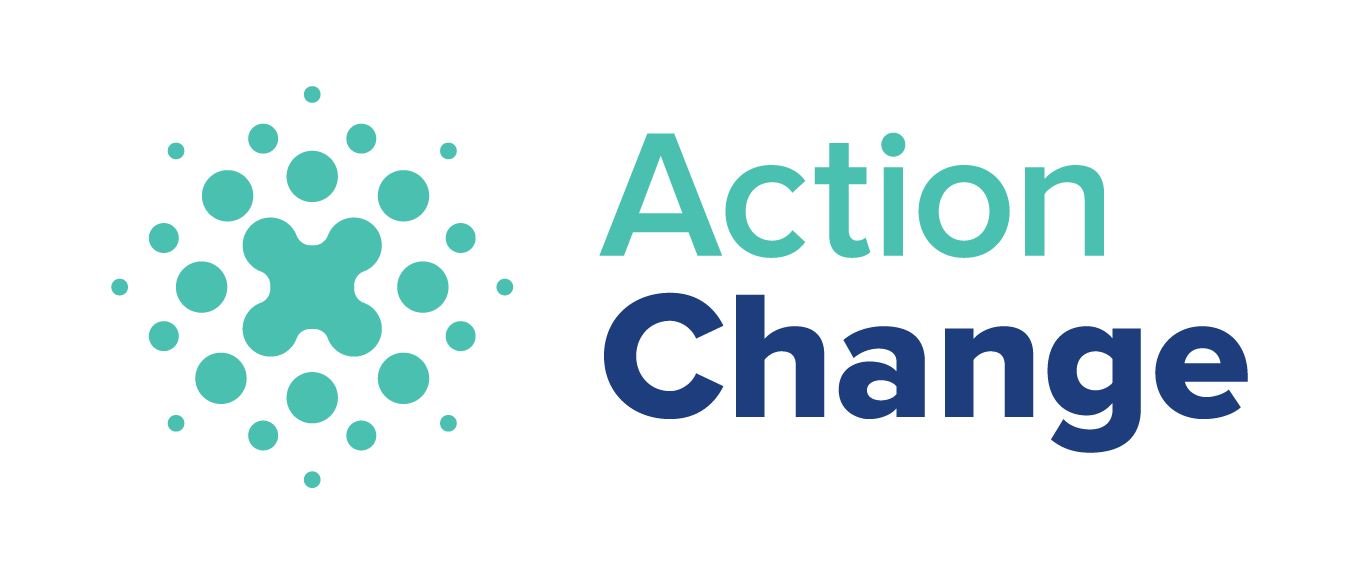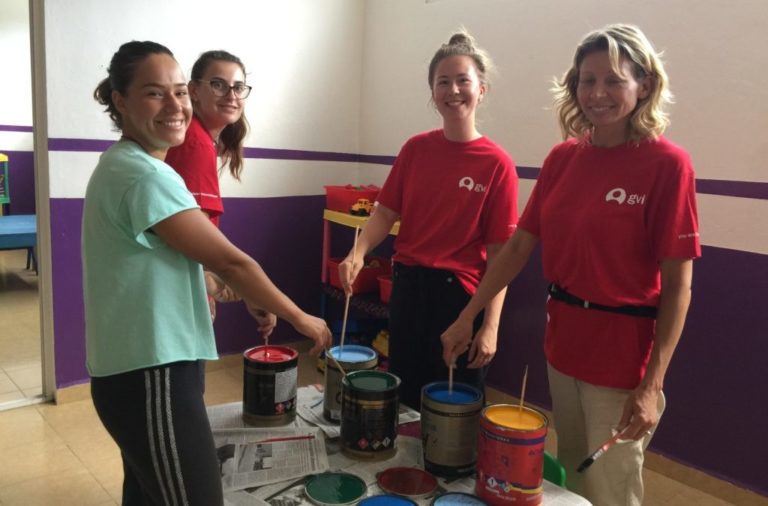Our goal is that at least 80% of the children will be achieving at their age appropriate level on concepts such as recognizing numbers, shapes and colours. We support the children to reach these developmental goals by providing fun, interactive learning experiences in partnership with the local teachers.
We are so pleased to announce that our recent assessments show that we have hit this target!
Our role is to work with the local staff to help children reach their developmental norms in all areas of development. We have set some learning focusses around numbers and counting, recognizing and hearing alphabet sounds and responding to stories. We have provided a range of tasks and assessed the children based on these tasks.
Each morning the children have circle time, where we sing action songs. Whilst this is great fun, the deeper learning aspect is that children are experiencing rhyming, social skills, movement skills and lots of English vocabulary.
After snack time, we have lessons with small groups of children. The children start with a story and then go through the alphabet sounds. Having picture cues around the room, as well as actions for each alphabet letter, helps the children to process and remember the sounds. The children then listen to a story and engage in a fine motor activity to reinforce the current theme topic.
One recent example is that the children used cut-out shapes to make a face. This gave children experience in cutting, matching, counting, recognizing shapes as well as recognizing facial features.
There are other parts of the day that also contribute to the children’s development. Snack and lunch time are examples where we can support the children to complete the handwashing routine, look after their belongings, eat independently and tidy up after themselves. These day to day living skills are an important part of their development.
The Results
- 91% were at or above standard with counting and numbers.
- 82% could name and identify at least 3 more shapes than they could earlier in the year.
- 100% of the children could identify and name between 4 to 10 new animal names.
Whilst we can measure these things, some of the big advances have been children’s ability to follow routines, learn a range of new songs and participate in class time.
These skills for learning cannot be underestimated.



